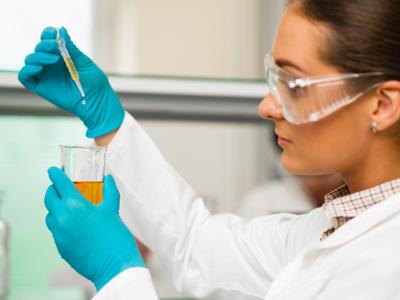
Endothermic and Exothermic Reactions 1
This Chemistry quiz is called 'Endothermic and Exothermic Reactions 1' and it has been written by teachers to help you if you are studying the subject at high school. Playing educational quizzes is a user-friendly way to learn if you are in the 9th or 10th grade - aged 14 to 16.
It costs only $12.50 per month to play this quiz and over 3,500 others that help you with your school work. You can subscribe on the page at Join Us
All chemical reactions involve energy in some way. You should know from physics that nothing can happen without energy being involved. Endothermic reactions absorb energy from the surroundings, whereas exothermic reactions release energy into the surroundings. This high school Chemistry quiz is the first of two looking at endothermic and exothermic reactions.
Ready for more?
not all...
quizzers. Try to win a coveted spot on our Hall of Fame Page.







